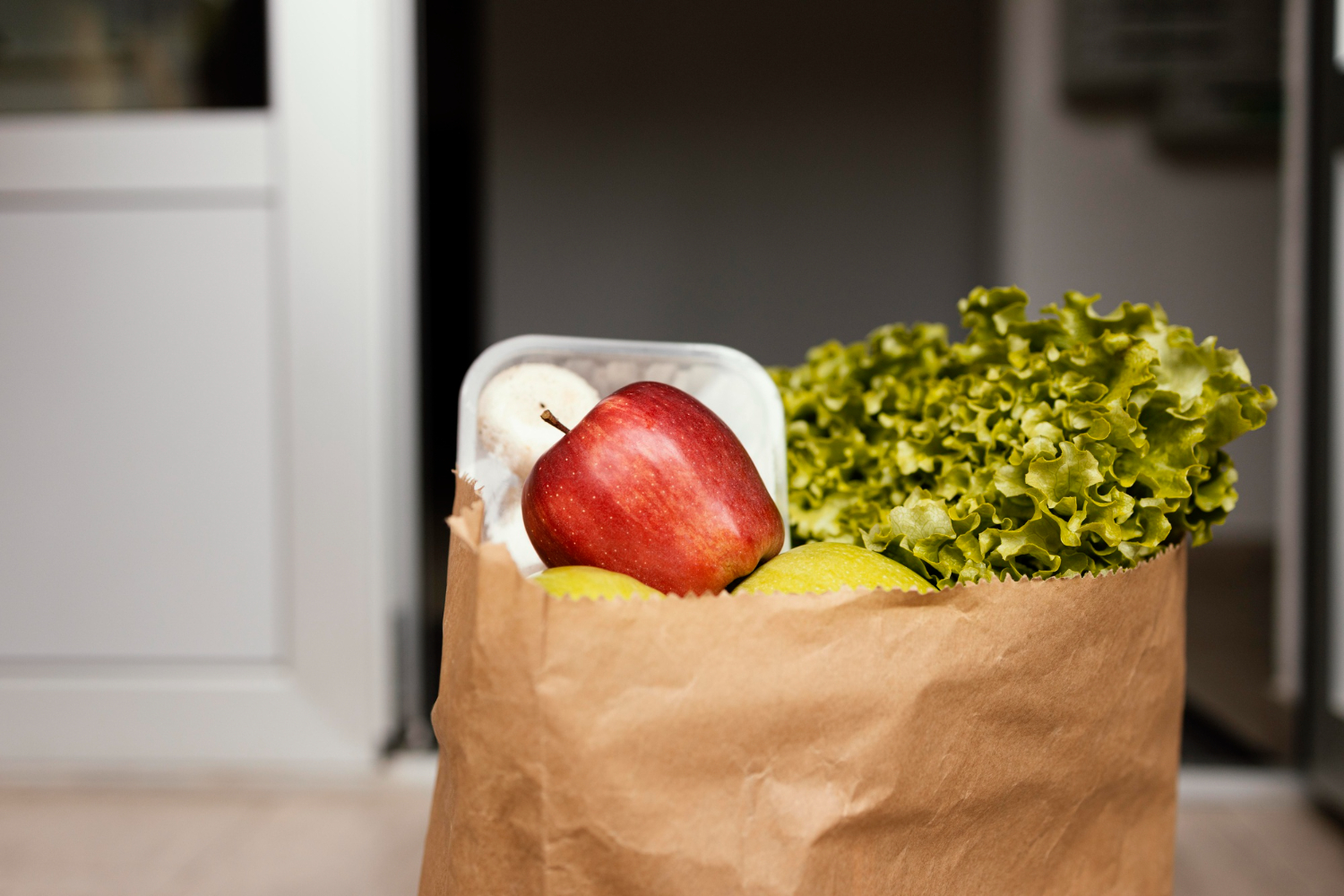The restaurant industry has been among the hardest hit by the global pandemic, forcing many establishments to reevaluate their operations and adapt to a new way of serving customers. The food service landscape has changed dramatically with dining restrictions, health concerns, and shifting consumer behaviors. This article explores the strategies and recommendations for restaurants to navigate this new normal successfully.
1. Menu Evaluation and Optimization:
The first step in transitioning to the new normal is evaluating your menu. Identify items that travel well and maintain their quality upon reheating. Ensuring that dishes taste as delicious at home as in the restaurant is crucial for customer satisfaction.
2. Reheating Instructions:
Clear reheating instructions with all orders ensure that customers can enjoy their meals at their convenience without compromising taste or quality.
3. Value-Added Specials:
Create memorable family meal packages to provide value and convenience for customers dining at home. These packages could include appetizers, salads, entrees, and desserts for a hassle-free dining experience.
4. Bottled Soda Offering:
Offer bottled sodas as a convenient beverage option for takeout and delivery orders.
5. Proper Packaging:
Invest in high-quality packaging to ensure orders are securely packed and presented well. Remember to include utensils, napkins, and condiments for a complete dining experience.
6. Thank You Items:
Show appreciation to customers with thank-you items such as gift cards, handwritten notes, or complimentary samples of other menu items. Small gestures can go a long way in building customer loyalty.
7. Customer Service Excellence:
Include business cards with contact information for quick resolution of any issues. Prompt and courteous responses to customer inquiries or complaints are essential for maintaining a positive reputation.
8. Order Accuracy:
Pay special attention to order taking and double-check orders to ensure accuracy and customer satisfaction.
9. Special Food Preparation:
Inquire about any particular food preparation requirements to accommodate dietary restrictions or preferences.
10. Personalized Service:
Add a personal touch by introducing yourself when taking orders, making customers feel valued and appreciated.
11. Prompt Phone Etiquette:
Answer phone calls promptly and professionally, and express gratitude for the customer’s business.
12. Attractive Presentation:
Carefully arrange menu items in containers to ensure they look appealing when opened by the customer.
13. Extra Sauces and Dressings:
Include extra containers of sauces and dressings to accommodate customer preferences and prevent dishes from drying out upon reheating.
14. Accountability and Tracking:
Track all orders and hold delivery drivers accountable for timely and accurate deliveries.
15. Follow-Up:
Follow up with customers to ensure satisfaction and address any concerns promptly.
16. Under-Promise, Over-Deliver:
Manage expectations by under-promising and over-delivering on quality and service.
17. Promotional Materials:
Include future specials and menus with every order to encourage repeat business.
18. Loyalty Programs:
Utilize loyalty programs to reward and communicate with loyal customers, offering exclusive specials and discounts.
19. Frequent Diner Incentives:
Implement a frequent dinner program to incentivize repeat business with discounts or rewards.
20. Multi-Meal Discounts:
Offer discounts for customers who place multiple orders simultaneously.
21. Order Threshold Incentives:
Provide complimentary items or discounts for orders over a certain amount to encourage larger purchases.
22. Social Media Marketing:
Utilize social media platforms to showcase menu items, specials, and behind-the-scenes glimpses of kitchen operations.
23. Transparency and Trust:
Share videos demonstrating cleanliness and food preparation processes to reassure customers of safety and care.
24. Documentation and Improvement:
Document all processes and learnings from takeout and delivery operations to enhance efficiency and quality when transitioning back to dine-in service.
25. Communication with Staff:
Keep staff informed of changes and progress, celebrate successes, and foster a positive team environment.
Conclusion
In conclusion, adapting to the new normal requires a proactive approach and a commitment to providing exceptional customer service, whether dining in or ordering takeout. By implementing these strategies and recommendations, restaurants can navigate the challenges of the current environment while building loyalty and resilience for the future.
Florida Food Handler Certificates
Avoid fines by ordering your Florida Department of Business and Professional Regulation-approved Food Worker Program certificates today. They’re available for just $4 each. Program #5552749. Place your order online here or call (561) 703-7196
***Please note that the insightful and engaging content provided on our platform is crafted by our dedicated Marketing Department’s content writing team. While Ken Kuscher is the esteemed figure and expert within our industry, the articles and blog posts available are not personally authored by Ken.





